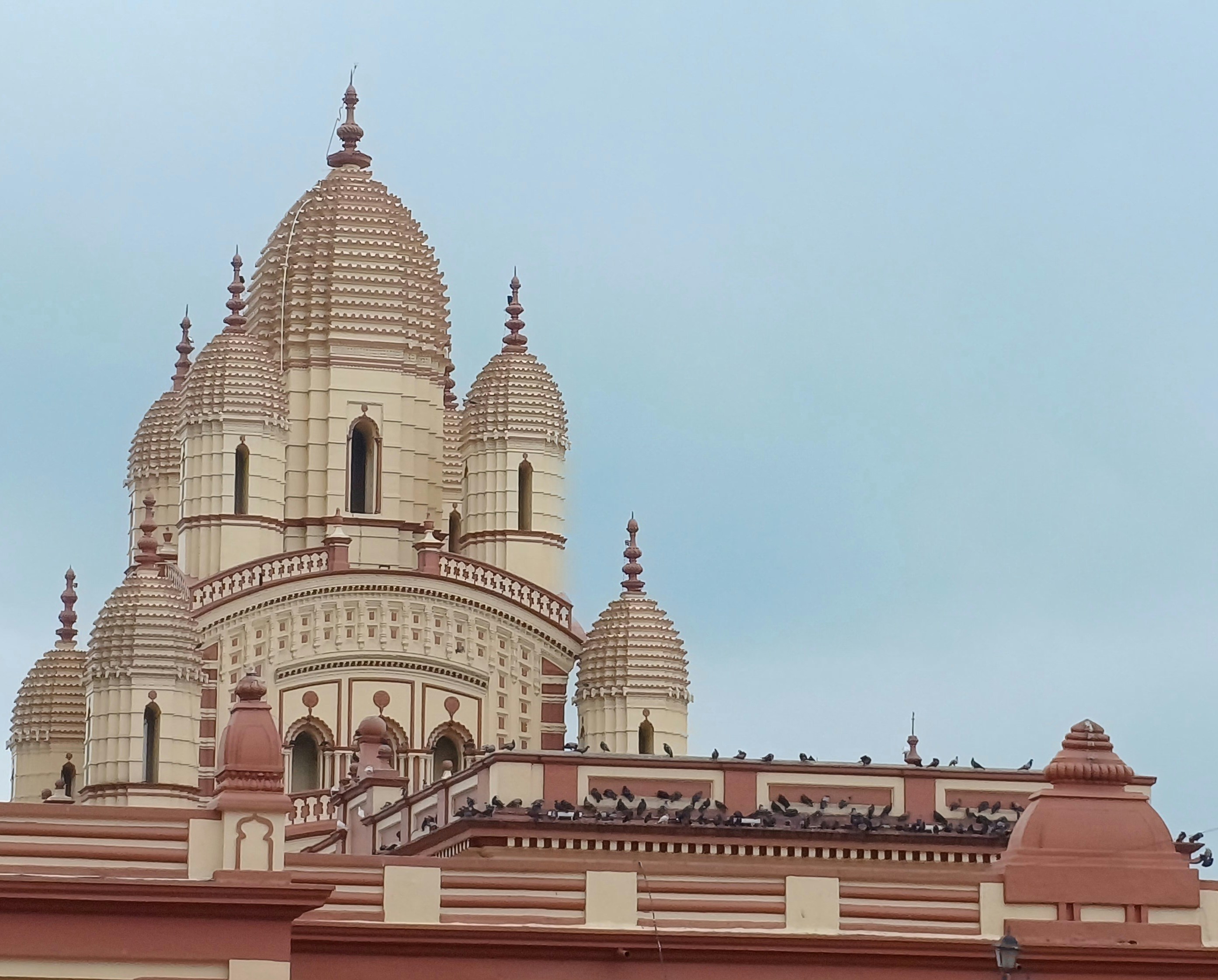

Kumbh Mela: A Sacred Pilgrimage Through Time
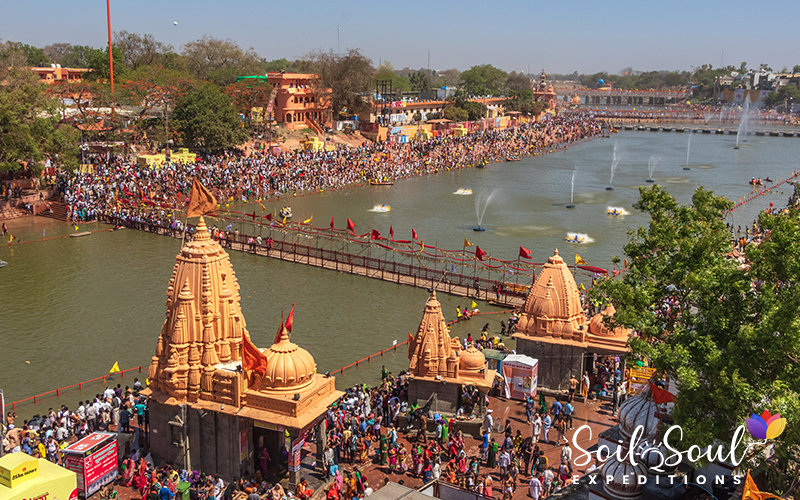

04 Oct 2024
World's Largest Spiritual Gathering - The Kumbh Mela
The Kumbh Mela, a colossal religious gathering held every twelve years in four sacred cities across India, stands as a testament to the nation's rich cultural and spiritual heritage. Rooted in ancient mythology and tradition, this massive event draws millions of pilgrims from around the world, seeking spiritual enlightenment and communal unity.
Mythological Origins and Historical Significance
The Kumbh Mela's origins can be traced back to Hindu mythology, particularly the epic tale of the Samudra Manthan, where gods and demons churned the cosmic ocean to obtain the elixir of immortality. It is believed that four drops of this nectar fell at the four sacred sites of the Kumbh Mela: Haridwar, Ujjain, Nashik, and Prayagraj. These locations, blessed with divine energy, have become pilgrimage centers for Hindus worldwide.
Historical records suggest that the Kumbh Mela has been celebrated for centuries, with references to the event dating back to the 4th century CE. Over time, the festival has evolved, reflecting the changing socio-cultural landscape of India. While it was initially a gathering of ascetics and sadhus, it has now become a grand spectacle attracting people from all walks of life.
Spiritual Significance and Cultural Impact
For Hindus, participating in the Kumbh Mela is considered a deeply spiritual experience. Bathing in the sacred rivers during auspicious timings, known as Shahi Snan, is believed to purify the soul and remove sins. The event offers a unique opportunity for spiritual seekers to connect with divine energy and attain enlightenment.
Beyond its spiritual significance, the Kumbh Mela also plays a crucial role in fostering cultural unity. It brings together people from diverse backgrounds, regions, and social strata, promoting a sense of shared identity and purpose. The festival celebrates India's rich cultural tapestry, showcasing traditional music, dance, art, and crafts.
Global Recognition and Economic Impact
In recent years, the Kumbh Mela has gained international recognition, with UNESCO declaring it an Intangible Cultural Heritage. This acknowledgment highlights the festival's global significance and its contribution to preserving cultural traditions.
Beyond its spiritual and cultural aspects, the Kumbh Mela also has a significant economic impact on the host cities and surrounding regions. The influx of millions of pilgrims boosts local tourism, hospitality, and retail sectors. The festival creates employment opportunities and contributes to the overall economic development of the region.
In conclusion, the Kumbh Mela is a monumental event that transcends religious and cultural boundaries. It is a testament to India's rich spiritual heritage and its enduring power to unite people from all walks of life. Whether seeking spiritual enlightenment, cultural immersion, or simply a unique experience, the Kumbh Mela offers something for everyone.
Leave a Reply
Explore by Categories
Most Viewed Blogs
Tags
State





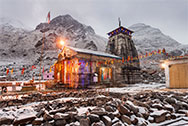



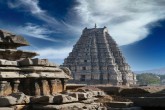

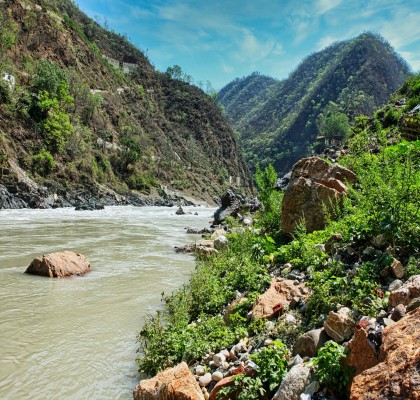
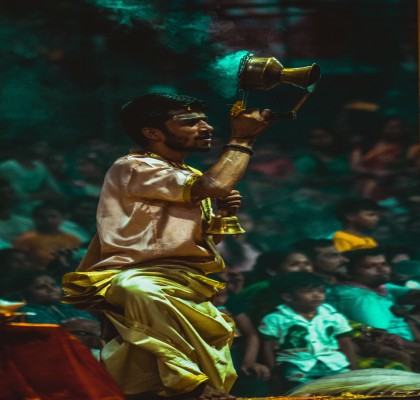
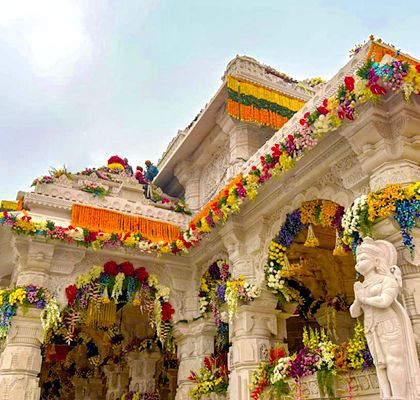
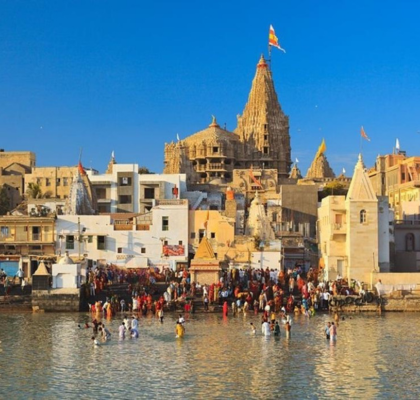
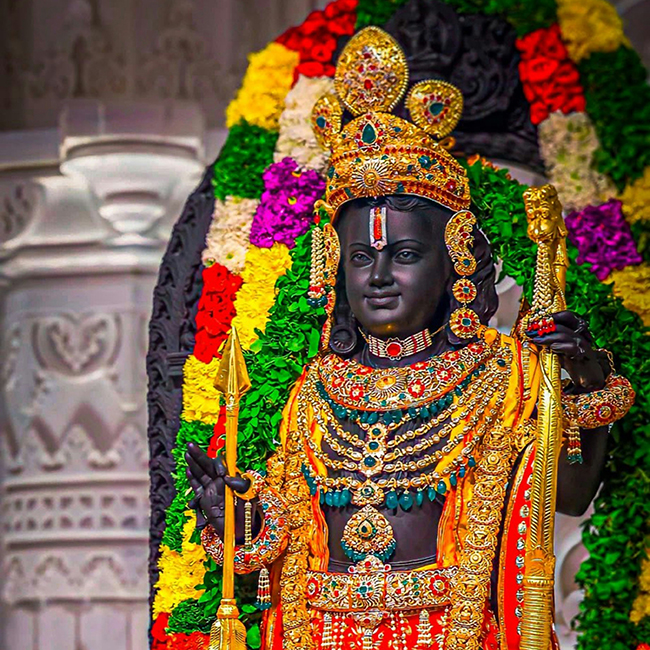
.jpg)
